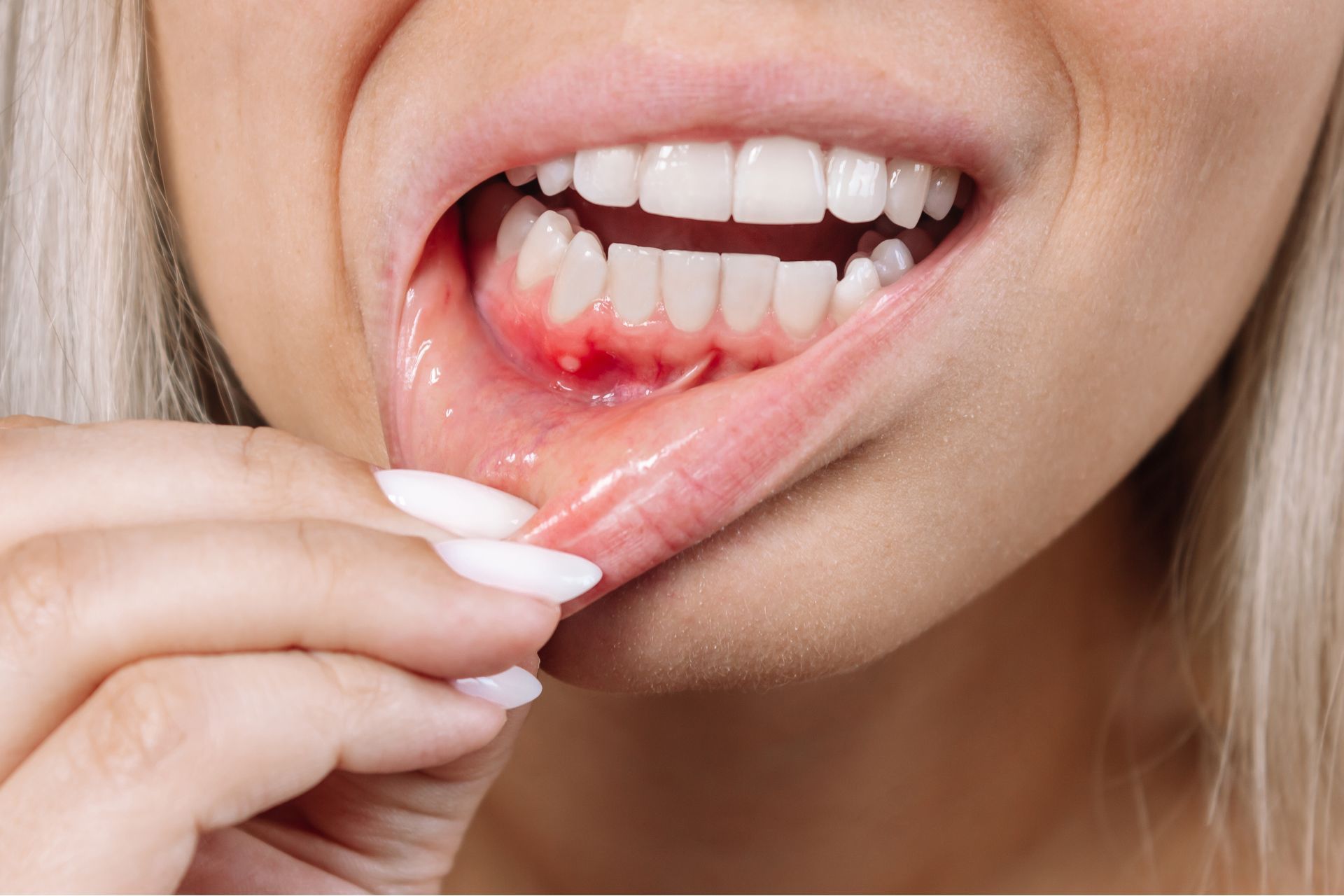New Patients Welcome!

Let’s talk about something that may not be an exciting topic, but is extremely important for your overall health: gum disease. Although you may think gum disease only affects your teeth, it can affect much more than your smile. It’s a sneaky condition that can catch you off guard, so grab a cup of coffee and let’s discuss what gum disease is, the risks it poses, how to prevent it, and what to do if it’s already a problem.
What Is Gum Disease?
Gum disease, also called periodontal disease, starts when bacteria in your mouth team up to form plaque—a sticky film that hangs out on your teeth. If you don’t brush or floss it away, it hardens into tartar, and that’s when the trouble begins. Your gums get irritated, inflamed, and voilà, you’ve got gingivitis, the early stage of gum disease. Left unchecked, it can progress to periodontitis, which is a whole lot more serious.
It’s not just about red, swollen gums, though. Gum disease can lead to tooth loss and even mess with other parts of your body. Crazy, right? That’s why catching it early and taking action is key.
The Risks: More Than Just Bad Breath
Let’s get real—gum disease isn’t just a cosmetic issue. Sure, it can give you bad breath or make your gums bleed when you brush, but the risks go deeper. Research shows it’s linked to some pretty serious health conditions. Here’s a rundown of what’s at stake:
- Heart Disease: Scientists have found a connection between gum disease and an increased risk of heart issues. The theory? Inflammation from your gums might spread, affecting your blood vessels.
- Diabetes: If you’ve got diabetes, gum disease can make it harder to control your blood sugar. And if you don’t have diabetes, severe gum issues might up your risk of developing it.
- Pregnancy Complications: For expecting moms, gum disease has been tied to preterm births and low birth weight. That’s a big deal!
- Other Fun Stuff: There’s also evidence linking it to arthritis, respiratory problems, and even Alzheimer’s. Your mouth is like a gateway to your body, and keeping it healthy matters.
Scary, huh? But don’t worry—knowledge is power, and there’s plenty you can do to keep these risks at bay.
Prevention: Your Gum-Saving Game Plan
Good news: preventing gum disease doesn’t require a PhD or a million bucks. It’s all about simple, consistent habits. Here’s your go-to list for keeping your gums in tip-top shape:
- Brush Twice a Day: Use a soft-bristled brush and don’t skip those two minutes morning and night. It’s your first line of defense against plaque.
- Floss Like a Boss: Brushing alone misses spots between your teeth. Flossing gets in there and clears out the gunk.
- Rinse with Mouthwash: An antimicrobial mouthwash can help zap bacteria and freshen things up.
- Eat Smart: Cut back on sugary snacks and drinks—they’re like a buffet for bacteria. Load up on crunchy veggies and fruits instead.
- Kick the Habit: Smoking or chewing tobacco? It’s a major gum disease risk factor. Quitting can do wonders for your mouth (and the rest of you).
Oh, and here’s a pro tip: regular check-ups with a Long Beach dentist can catch problems before they spiral. They’ve got the tools and know-how to spot early signs you might miss.
Treatment: What to Do If Gum Disease Strikes
So, what if you’ve already got gum disease? First, don’t panic—it’s treatable, especially if you act fast. The approach depends on how far it’s progressed. Here’s what you might expect:
Gingivitis (The Early Stage)
If it’s just gingivitis, you’re in luck—it’s reversible! A deep cleaning from your dentist (called scaling) can remove tartar and plaque below the gumline. Pair that with better brushing and flossing, and your gums can bounce back. Your dentist might also recommend an antimicrobial mouthwash to speed things along.
Periodontitis (The Serious Stuff)
If it’s moved to periodontitis, things get a bit more involved. Your dentist might suggest:
- Scaling and Root Planing: A more intense cleaning to smooth out tooth roots and help gums reattach.
- Medications: Antibiotics or antimicrobial gels can target stubborn bacteria.
- Surgery: In advanced cases, procedures like flap surgery or bone grafts might be needed to repair damage.
Why Regular Dental Visits Matter?
You might be thinking, “I brush and floss—do I really need to see a dentist?” Yep, you do! Even the best at-home care can’t replace a professional’s eye. Dentists can spot tiny issues before they turn into big ones, and they’ve got fancy tools to clean where your toothbrush can’t reach. Plus, they can give you personalized advice—like whether you need a specific toothpaste or a better flossing technique.
Myths About Gum Disease—Busted!
Before we wrap up, let’s clear up a few misconceptions floating around:
- Myth: “Gum disease only happens to older people.” Nope! It can hit at any age if plaque builds up.
- Myth: “Bleeding gums are normal.” Not true—they’re a sign something’s off.
- Myth: “It’ll go away on its own.” Wishful thinking, but no—gum disease needs action to heal.
Now you’re armed with the facts, so no excuses!
Taking care of your gums isn’t just about avoiding a lecture from your dentist—it’s about feeling good and staying healthy from head to toe. Small steps like brushing, flossing, and eating right can make a huge difference. And if you’re noticing any warning signs—like swollen gums or persistent bad breath—don’t wait. Reach out to a pro and get it checked out. Your body will thank you!


